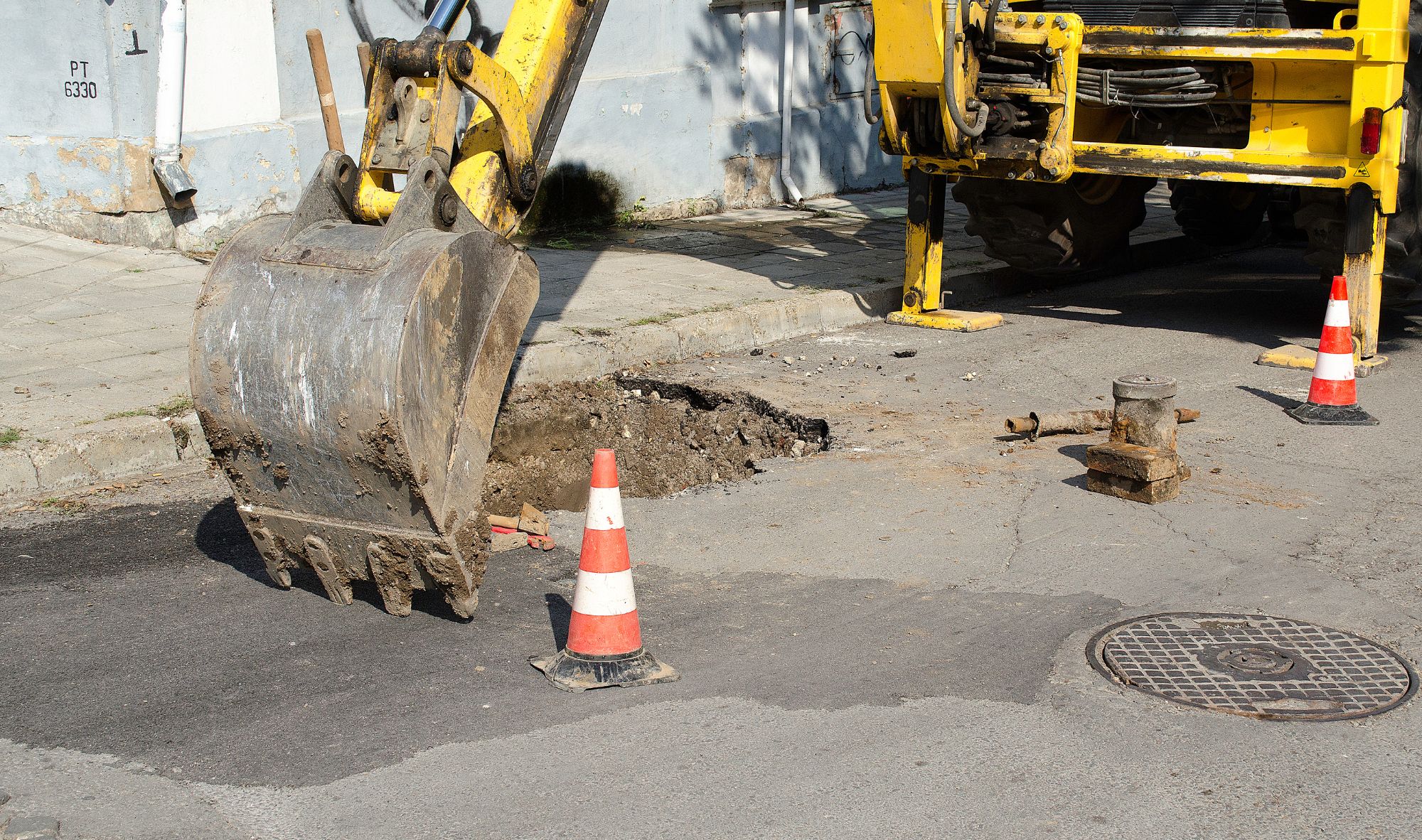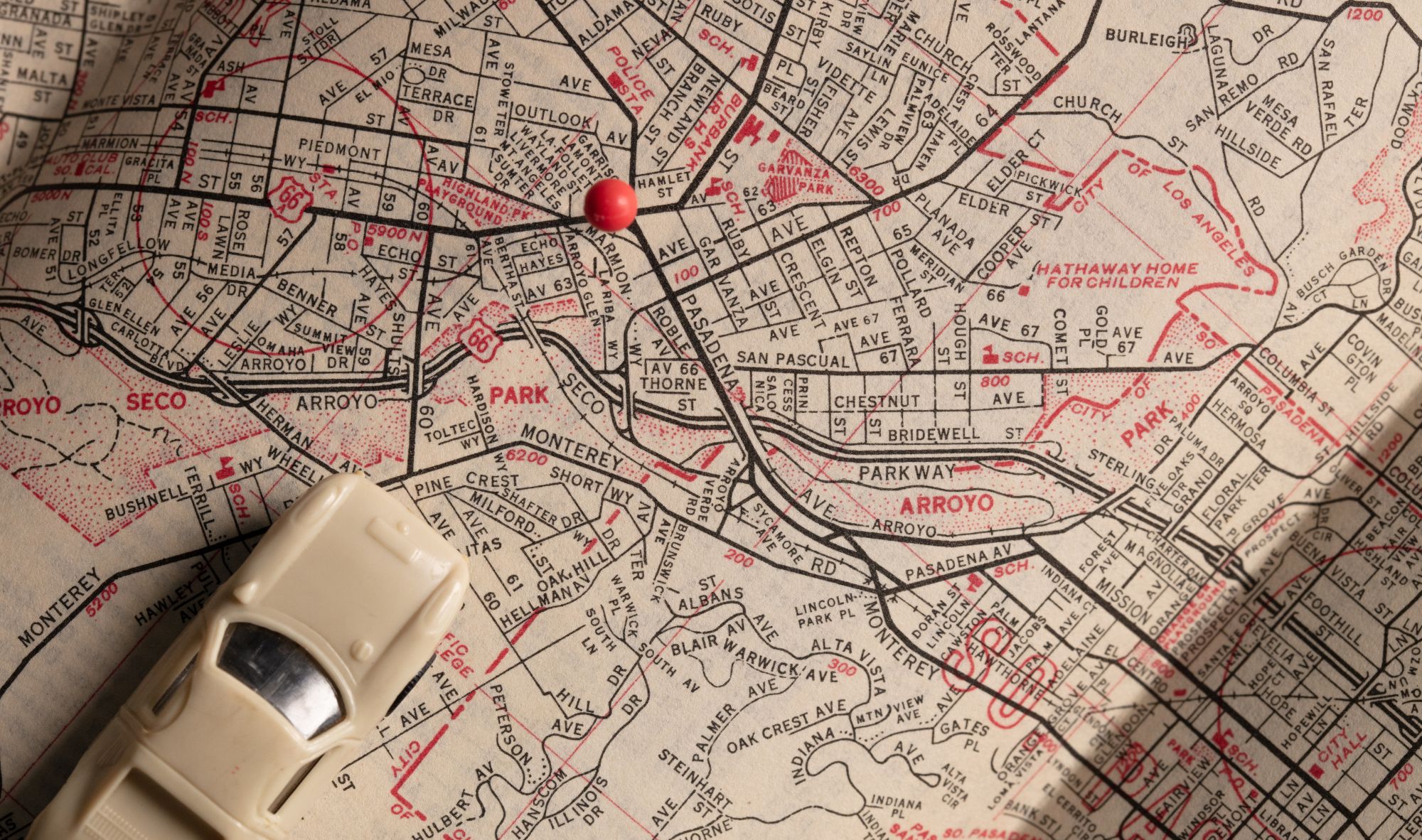If you’re like most cities, your morning is likely filled with a never-ending list of to-do items waiting for you at work. If you’re the person responsible for completing or assigning work orders within your agency, you know how daunting managing the flow of projects can be. When you’re buried under assignments, it’s easy to miss the warning signs that your work order system isn’t doing its job. Here at MyGov, we’ve worked with countless cities to update their work order systems. In this blog, we’ll cover five of the most common pitfalls we’ve encountered when agencies are using an outdated work order system.
1. Agency leaders are still assigning manual work orders
Are your agency leaders still sorting through all the requests that come into your city for work orders, even the ones that are regularly repeated? If you’re manually assigning every work order within your city, your system isn’t serving you well. With an online work order system, you can automate task assignments and project your team’s workload in advance, ensuring you allocate resources effectively.
2. When you complete your fieldwork, you go back to the agency office to complete paperwork
Do you love coming back from a long day out in the field only to face a mountain of paperwork? We didn’t think so. If your fieldwork is done but the paperwork is just beginning, your work order system is lacking. With an online system like the MyGov Work Order system, you can eliminate unnecessary paperwork. Use fully mobile software to track tasks in real-time out in the field, reducing paper waste and the time spent on end-of-day paperwork.
3. You aren’t able to view open work orders for your city on a digital map
Many agencies still struggle to map the location of work order assignments in the city. This limits leaders’ visibility into what open or planned work orders are currently active. With an online work order system, you can link to a GIS Mapping system to digitally see where all work orders are in the city.
4. Linking between asset management and repeatable work orders isn’t possible
Having systems that can’t connect is a common issue we’ve seen with hundreds of agencies. If your agency can’t link asset management practices to your work order system to manage inventory or schedule maintenance, your system might be failing you. With quality work order software, you can automatically trigger work orders to be scheduled when assets reach condition limits, have specific usage histories, or meet year-specific requirements.
5. Agency members back at the office don’t have a live look at what happens in the field
Are your teams in the field disconnected from managers in the office? If they are, it might be time to update your work order system. With an online system like MyGov, managers can have real-time visibility into field activities. The ability to attach photos, take notes, and log city assets used gives managers full transparency into city projects. This increased accountability ensures work orders are completed efficiently.
Ready for a change?
Does your current work order system fall into one or more of the problem categories we mentioned? If it does, we can help. We believe every government agency should have the right tools to complete their work. Schedule a free consultation with our MyGov Sales Team, and we’ll walk through your current pain points and provide guidance on implementing the right solutions to make your work easier.




